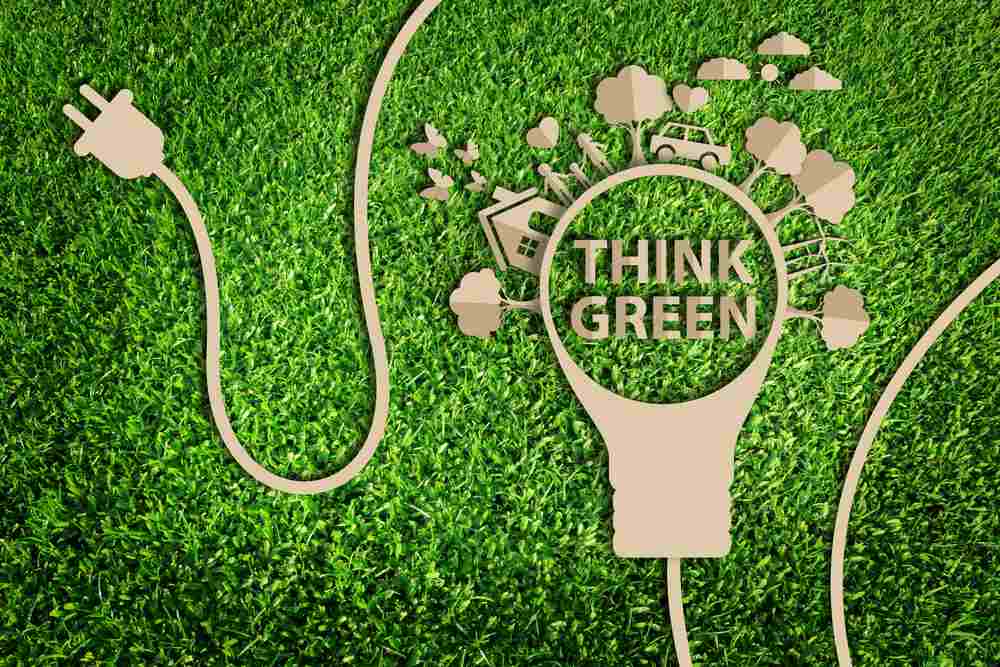
Colors are Everything!

Nature at its finest and purest. The visual spectaculars that Nature can produce at any moment are jaw-dropping. While watching these beautiful shows, sometimes the science behind how it happens is not considered or forgotten.
Some examples of Nature’s spectacular color shows are rainbows, nebulas, sunrises, sunsets, the Northern Lights and Southern Lights. Rainbows are created when light is refracted through water, producing a recognizable arch of the colors red, orange, yellow, green, blue and violet. One can create rainbows by spraying water with a spray bottle by a sunny window.
The Northern Lights (called the Aurora Borealis) and the Southern Lights (Aurora Australis) appear when tiny particles stream out from the Sun and hit Earth’s atmosphere. The particles give some of their energy to atoms and molecules of gases in the upper atmosphere. But the atoms and molecules cannot hold the energy. They quickly give it off as another kind of energy—the colors of light that we call the aurora. These lights occur most often around the North Pole and South Pole because the incoming particles have an electric charge. As the particles arrive, Earth’s magnetic field guides them toward the poles.
Fun Fact: In 1666, English scientist Sir Isaac Newton discovered that when pure white light passes through a prism, it separates into all of the visible colors. Newton also found that each color is made up of a single wavelength and cannot be separated any further into other colors.
Color is a powerful communication tool and is used to signal action, influence mood, and even influence physiological reactions. Certain colors have been associated with increased blood pressure, increased metabolism, and eyestrain.
Several ancient cultures, including the Egyptians and Chinese, practiced chromotherapy, or the use of colors to heal. Chromotherapy is sometimes referred to as light therapy or colorology.

Colorology is still used today as a holistic or alternative treatment. In this treatment:
- Red is used to stimulate the body and mind and to increase circulation.
- Yellow is thought to stimulate the nerves and purify the body.
- Orange is used to heal the lungs and to increase energy levels.
- Blue is believed to soothe illnesses and treat pain.
- Indigo shades are thought to alleviate skin problems.
Fun Fact: Did you know that consumer purchases are based on the concept of Colorology? Some of the major colors that drive consumers are listed below.
- White: feels fresh and clean. This color is often used to evoke a sense of youth and modernity.
- Black: is powerful and mysterious.
- Silver: is linked to a sense of innovation and modernity.
- Red is bold and attention-getting. It reflects an image of power, action, and confidence.
- Blue: defines stability and safety.
- Yellow: means happiness and security.
- Gray: reflects stability and subtlety.
Remember Mood Rings? A mood ring contains a liquid crystal that changes colors based upon the temperature of the finger of the wearer. The inventors of mood rings believed that a person’s mood is correlated with the body temperature.
The human body turns warm or cold with every mood. At the normal body temperature of about 82°F (28°C), mood rings would display a neutral blue or green color. As body temperature increases, which it does whenever we feel passion or happiness, the mood ring’s color changes toward blue. On the other hand, excitement or stress causes blood-flow to be directed away from the skin to concentrate more toward the internal organs, cooling the fingers in the process and making the crystals turn yellow. When our body temperature dips, the stone would tend toward dark grey or black and sometimes becomes unresponsive. A damaged ring will also take on a grey or black shade.
Some Fun Facts about colors: Did you know that:
- Chickens are very sensitive to light color.
- Blue is the mosquitoes' favorite color.
- Judges used to dress in red.
- "Orange" used to be a complicated word - It doesn't exactly roll off the tongue, but "geoluhread," which means "yellow-red," was once the word used to refer to the color orange.
- Red Is the color of winners.
- Red and Yellow are the most appetizing colors.
Not to get technical, but color is not just color. It has several properties. Among them are “hue”, “lightness”, “saturation”, “shade”, “tint”, and “tone” . Of these, hues, saturation, shade, tint and tone are the most popular ways to showcase color. The colors and hues used in T|W Tote’s collection embodies color and its attributes.
Select your color from our Tote Collection! Interested in learning more about our colors, check out our other blogs!


Leave a comment
This site is protected by hCaptcha and the hCaptcha Privacy Policy and Terms of Service apply.